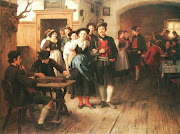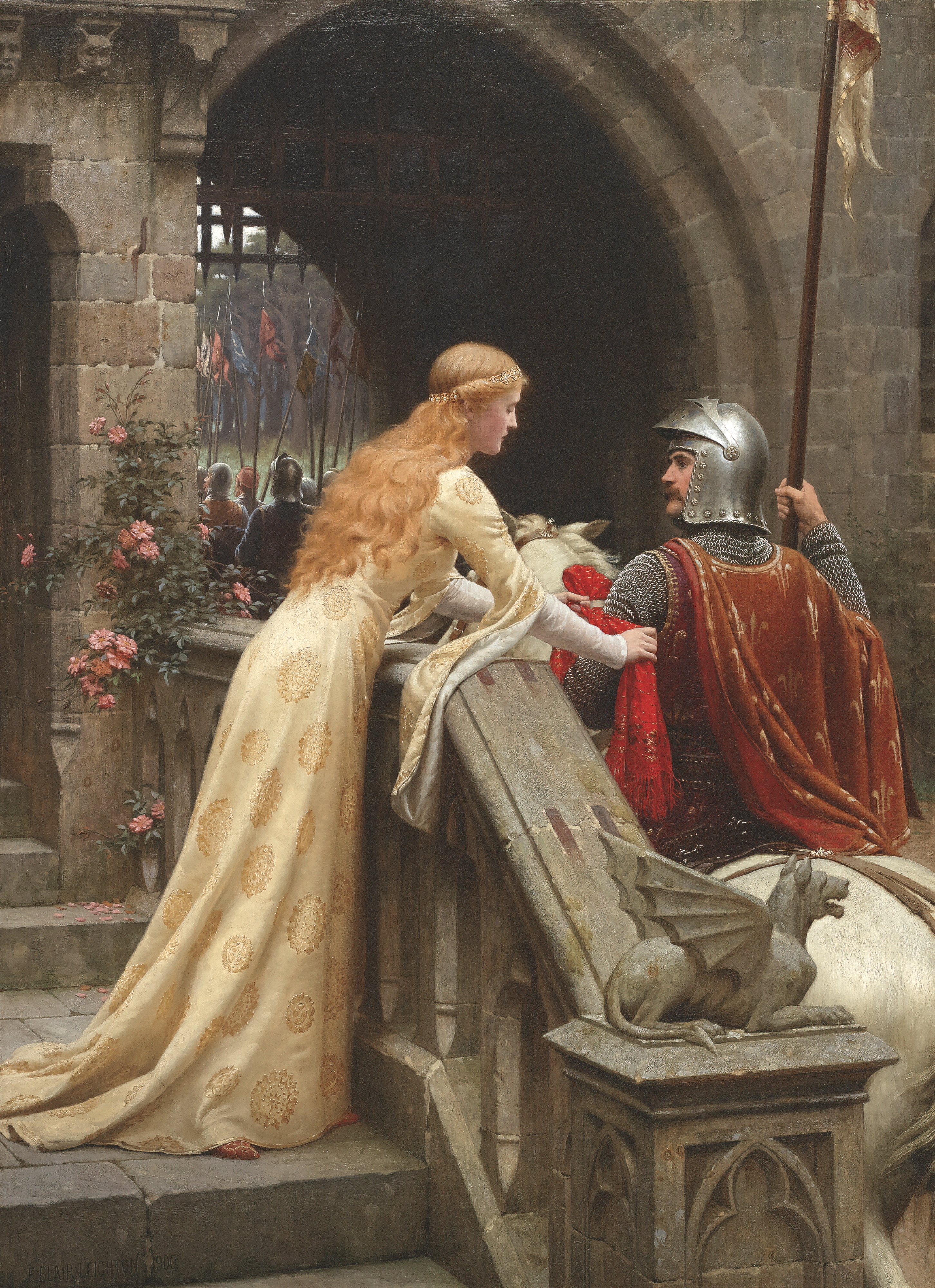Senior Centre Party member Heinrich Bruening became Chancellor but resigned when President Hindenburg began to favour Hitler. Franz von Papen, also of the Centre Party, was then made Chancellor but, after facing opposition within, resigned the Party. Catholic Prelate, Ludwig Kaas, then became Chairman of the Centre Party.
By 1932, the National Socialist German Workers’ Party, NSDAP or Nazi Party, was the larger party so that the Centre Party leadership felt compelled to accept a Nazi as Chancellor, provided he could gain the trust of the President, which at that time seemed difficult.
Kaas advised President Paul von Hindenburg and advocated "national concentration including the National Socialists".
Despite strong reservations, von Papen and Hugenberg join forces with Hitler. Hitler intended to minimize non-Nazi participation, but cunningly feigned a willingness to cooperate with the Centre.
However, in the elections of March 1933 the government parties, NSDAP (Nazis) and DNVP, jointly won 52% of the vote.
This result shattered the Centre Party's hopes of being indispensable for obtaining a majority in parliament. The Party was now faced with two alternatives – either to persist in protesting and suffer reprisals like Communists and Social Democrats, or to declare their loyal cooperation, in order to protect their members. As shown by subsequent events, the Party, though deeply uncomfortable with the new government, opted for the latter alternative. This was under the chairmanship of Ludwig Kaas who later supported the Enabling Act in return for religious liberty guarantees including concordats.
Kaas was aware of the doubtful nature of such guarantees, but when the Centre Party assembled on 23 March to decide on their vote, Kaas advised his fellow party members to support the bill, given the "precarious state of the party".
He described his reasons as follows: "On the one hand we must preserve our soul, but on the other hand a rejection of the Enabling Act would result in unpleasant consequences for faction and party. What is left is only to guard us against the worst. Were a two-thirds majority not obtained, the government's plans would be carried through by other means. The President has acquiesced in the Enabling Act. From the DNVP no attempt of relieving the situation is to be expected".
A considerable number of parliamentarians however opposed the chairman's course, among them former Chancellors Heinrich Bruening, Joseph Wirth and former minister Adam Stegerwald. Bruening called the Act the "most monstrous resolution ever demanded of a parliament", and was sceptical about Kaas' efforts.
All sides in the Centre Party were not unaffected by Hitler's self-portrayal as a moderate seeking cooperation as opposed to the more revolutionary SA led by Ernst Roehm. Even Bruening thought it would be "decisive which groups of the NSDAP will be in power in the future. Will Hitler's power increase or will he fail, that is the question".
In the end the majority of Centre parliamentarians supported Kaas' proposal. Bruening and his followers agreed to respect party discipline by also voting in favour of the bill.
The support of the Centre party proved to be decisive, and the act was passed on 23 March 1933. With the passing of the Enabling Act, the Centre Party had in fact acquiesced in its own demise.
On 8 April, Hitler sent Vice-Chancellor von Papen to Rome to offer to the Pope negotiations for a Reichskonkordat (Concordat).
Throughout the years of the Weimar Republic, the National Socialists had always been staunch opponents of such an agreement, but now Hitler intended to deal a decisive blow against Political Catholicism and also gain international prestige.
Though the Vatican tried to hold back the exclusion of Catholic clergy and organisations from politics, in the end it had to accept the restriction to the religious and charitable field, which effectively meant acquiescing to end the Centre Party. On 14 July 1933 Hitler accepted the Concordat, which was signed a week later.
Ludwig Kaas, the outgoing chairman of the Centre Party, negotiated the first drafts of the Concordat terms with von Papen, representing the German government.
Between 1933 and 1939, Eugenio Cardinal Pacelli, later Pope Pius XII, issued 55 protests of violations of the Concordat. Most notably, early in 1937, Pacelli asked several German cardinals, including Michael Cardinal von Faulhaber (who ordained as priest our present pope, Benedict XVI) to help him write a protest of Nazi violations of the Concordat; this was to become the papal protest, called Mit Brennender Sorge.
This document condemns the ideology underpinning Nazism and was written in German instead of Latin and read in German churches on a Sunday in 1937. On 10 June 1941, Cardinal Pacelli commented on the problems of the Concordat in a letter to the Bishop of Passau, in Bavaria thus: “The history of the Concordat shows, that the other side [i.e. the Nazi regime] lacked the most basic prerequisites to accept minimal freedoms and rights...”.
The Centre Party then elected Heinrich Bruening as chairman. At that time, the Centre party was subject to increasing pressure in the wake of the process of Gleichschaltung and after all the other parties had dissolved (or were banned like the SPD), the Centre Party dissolved itself on 6 July 1933.
It is thus nonsense to claim that Cardinal Pacelli put the Zentrum (Centre) party under pressure or to say that the Zentrum did not, however unwillingly, support Adolf Hitler's climb to power. The Centre Party leadership did support it but the real blame lies with the Nazi manipulators and those Germans weak enough to vote for the Nazis. It certainly does not lie with Cardinal Pacelli.
...






.jpg)

















_-002.jpg/220px-Circle_of_Anton_Raphael_Mengs,_Henry_Benedict_Maria_Clement_Stuart,_Cardinal_York_(ca_1750)_-002.jpg)


No comments:
Post a Comment